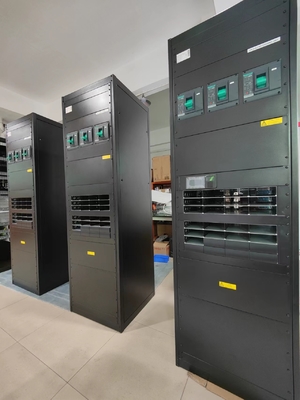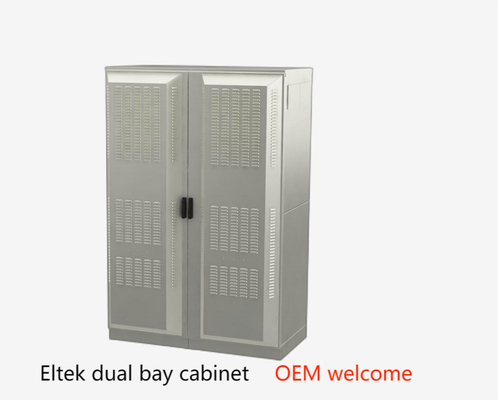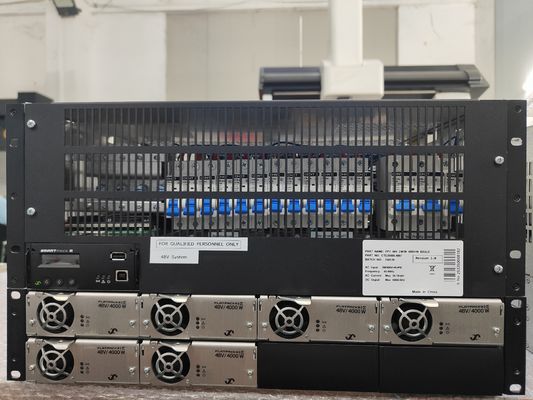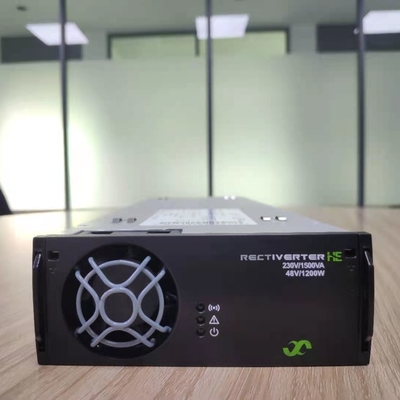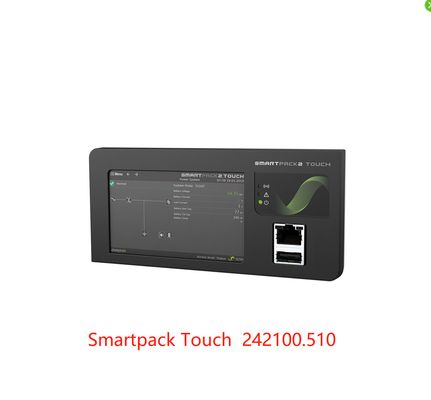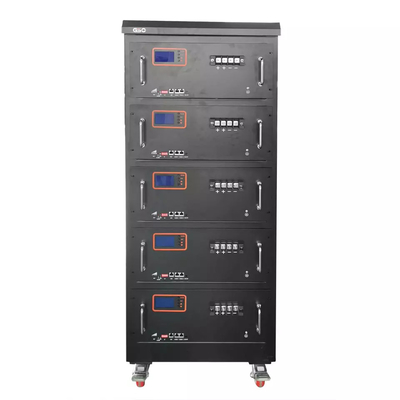In the future, the number of 5G base stations will be several times that of 4G base stations. For the timely and large-scale deployment of 5G networks, the construction and maintenance costs pose a huge challenge to operators. The power grid company has a tower resource scale of tens of millions, and a considerable part of them can meet the requirements for mounting communication equipment.
5G is a key infrastructure for intelligent upgrading.
With its excellent performance of ultra-high reliability and ultra-low latency, 5G will improve the network connection performance of energy hardware facilities such as renewable energy power generation, electric vehicles, power grids, and various energy pipelines, as well as energy software systems such as monitoring systems and transportation operation and maintenance systems. It will also significantly enhance the operation support capabilities, thus accelerating the true integration of 5G and the energy internet.
The popularization of 5G brings informatization and intelligent changes to all levels of society. IT Internet enterprises have already started to develop a wide variety of applications by leveraging the CT communication network, and the integration of ICT is an inevitable trend. This transformation puts forward diverse requirements for the power supply and backup power supply guarantee of the original stations and machine rooms. Communication energy needs to support the power supply systems, backup power supply guarantees, thermal management, space management, and wiring management of two major types of equipment simultaneously, and will also face new challenges in operation and maintenance.
At the current stage, most power supplies do not have the function of multi-phase input and output. It is necessary to combine various different energy conversion devices into a system, which has problems such as large volume, low efficiency, multiple maintenance interfaces, high equipment cost, and high operation and maintenance costs. It is expected that the multi-phase architecture will become popular in communication energy in the future, with higher system density and efficiency, simpler deployment, and more intelligent operation and maintenance.
In future networks, the energy efficiency of the capacity layer can be further improved by reducing or omitting the transmission of public channels such as synchronization signal blocks (SSB) or system information blocks (SIB). Technologies such as secondary cell operation without SSB or on-demand SSB/SIB1 operation in 5G-Advanced can be used. In addition, innovative solutions such as spectrum sharing enable individual communication service providers to deploy new technologies on existing frequency bands/infrastructure. These technologies allow the reuse of pre-deployed hardware and infrastructure without sacrificing performance and enable the control of long-term sustainability and energy efficiency goals while expanding the national coverage. For example, when introducing 6G, it can operate on the same carrier as 5G, leveraging the fully flexible and dynamic 5G and 6G multi-RAT spectrum sharing (MRSS) technology.
http://www.telecompowersystem.com

 Your message must be between 20-3,000 characters!
Your message must be between 20-3,000 characters! Please check your E-mail!
Please check your E-mail!  Your message must be between 20-3,000 characters!
Your message must be between 20-3,000 characters! Please check your E-mail!
Please check your E-mail! 
